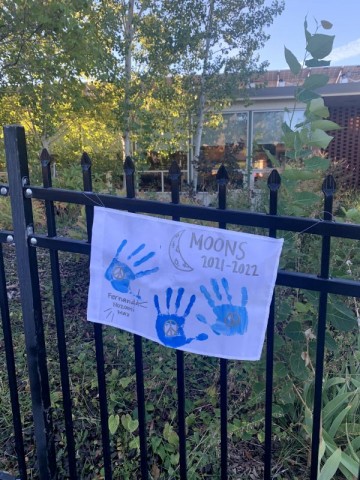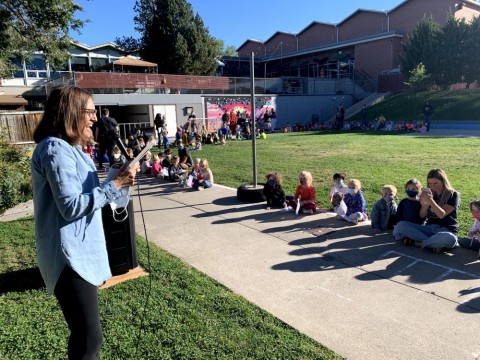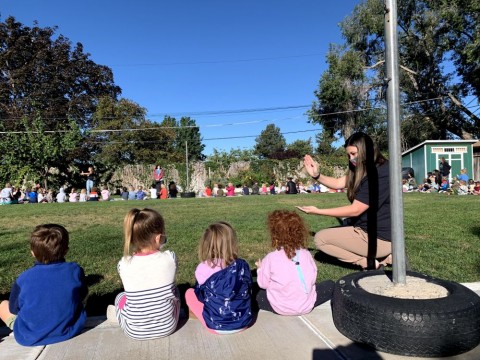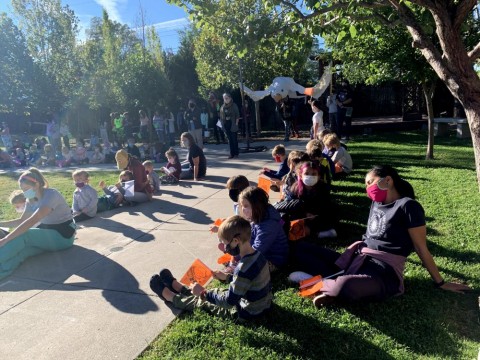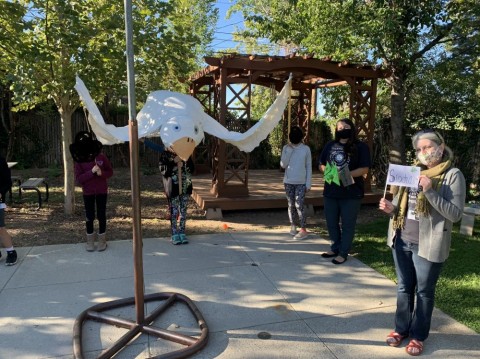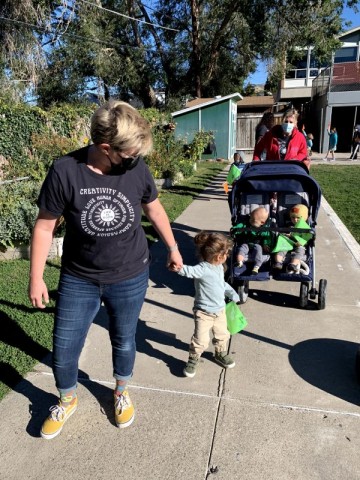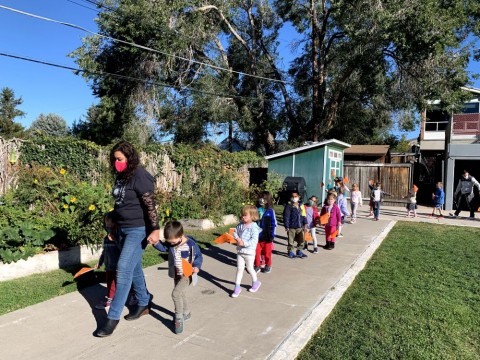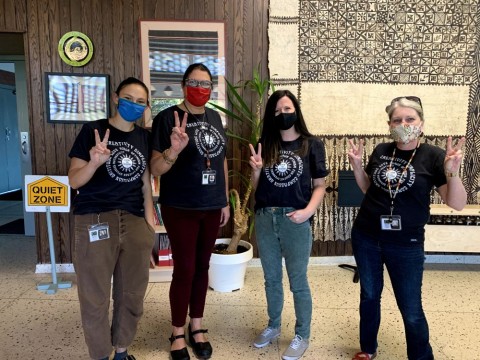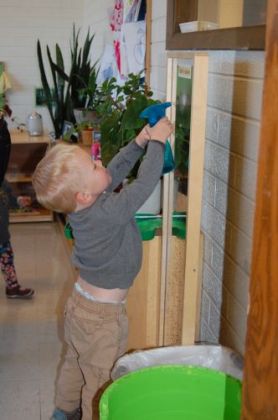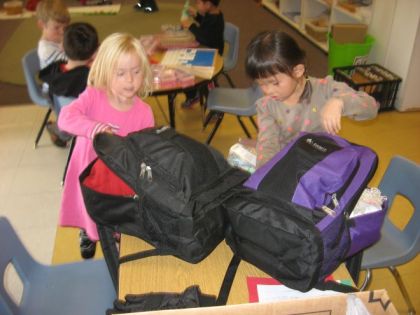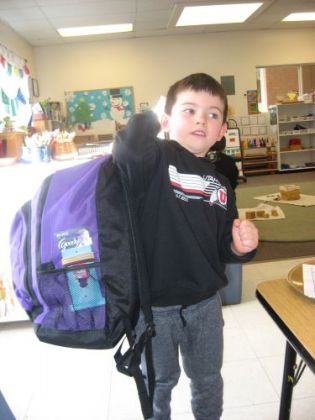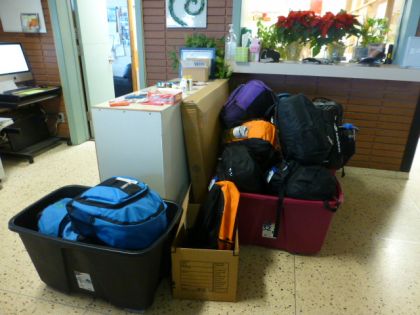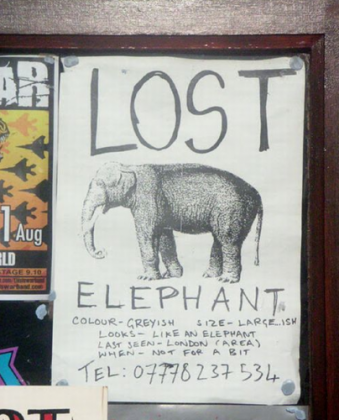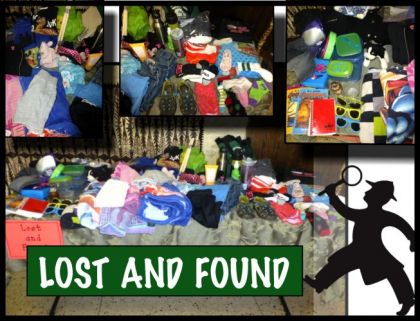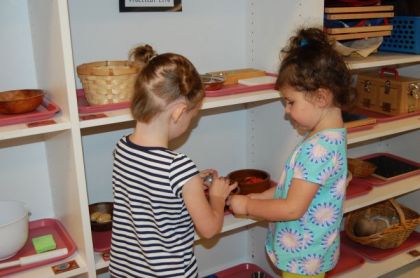The Most Important Montessori Lesson
I love what a Montessori education does for a child’s love of learning. I love the enthusiasm that it engenders. I love to watch the understanding that dawns on a child as a concept makes sense for the first time.
Montessori children learn to read – often very early. They learn their numbers – not just counting but understanding that seven is one more than six and not just because it follows six. They begin to add and subtract, even multiply and divide. They learn about leaves and leaf shapes. They learn about zoology, geometry and time. There seems to be almost no end of the surprises of what our children learn.
It is ironic, however, that the most important lesson does not appear on a progress report. Montessori is the only educational philosophy that builds its structure on the lessons of grace and courtesy. The individuality of the classroom can only succeed if each child exercises care and consideration for his or her classmates by taking turns, helping each other, encouraging each other and teaching each other. Grace and courtesy sets the tone for the classroom. The quietness and the serenity allow the concentration that precedes significant accomplishment. Learning well the lessons of grace and courtesy will make your child stand out for the rest of his or her life but even grace and courtesy are not the greatest lesson.
The great lesson is the ability to positively control yourself. Most of us grew up with “self-control” meaning to do exactly what someone else told you to do – “be quiet, don’t, stop, no, don’t move” etc. The great Montessori lesson (and the one that takes great effort and often a lifetime to master) is self-control. The mastery of self-control leads to making wise choices. Wise choices come from focus, determination, knowledge and controlling your self. The way you learn to make wise choices is to be allowed to make choices (and live with the consequences.) And then, to make a better choice –living with the consequences until you have practiced enough to begin to make wise choices the first time.
Traditional education does not afford a child the opportunity to exercise real self-control, make independent choices and work through them to a successful completion. Traditionally, if you fail a test you move on. In Montessori, you strive for mastery before you move on. In Montessori you progress from strength (mastery) and not weakness (failure.)
This same wisdom applies to the lessons of grace and courtesy – learning how to deal with people – and when you offend, learning how to make amends and not brush it off.
The lesson (and benefit) of self-control is that it concentrates your power and enhances your achievement. Self-control is essential to making wise choices. Without self-control the child is subject to every interior whim and outside influence. Self-control helps focus the child to be able to make wise choices.
The most important lesson in Montessori education is not an academic one but one of self-control and focus. Your child will gain many academic skills in Montessori but the greatest lesson is self-control and with it the ability to make wise choices.
Edward Fidellow

